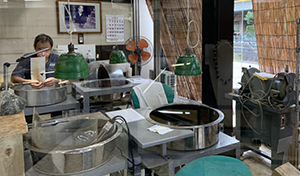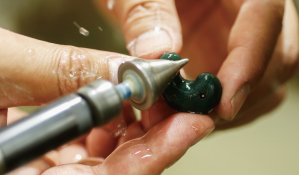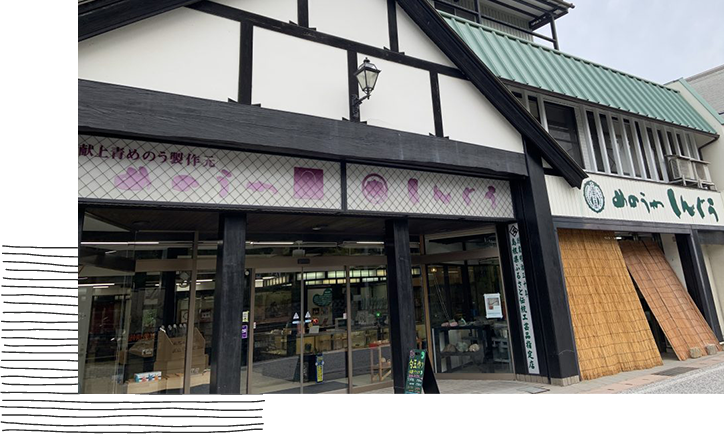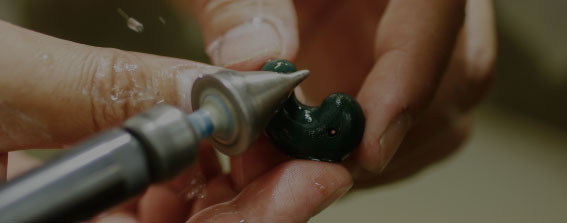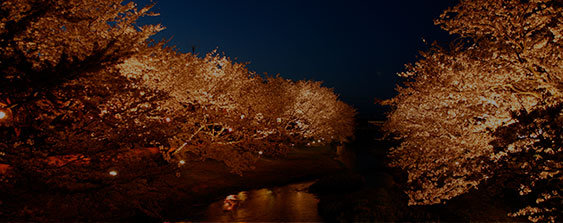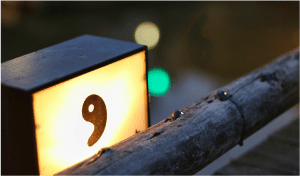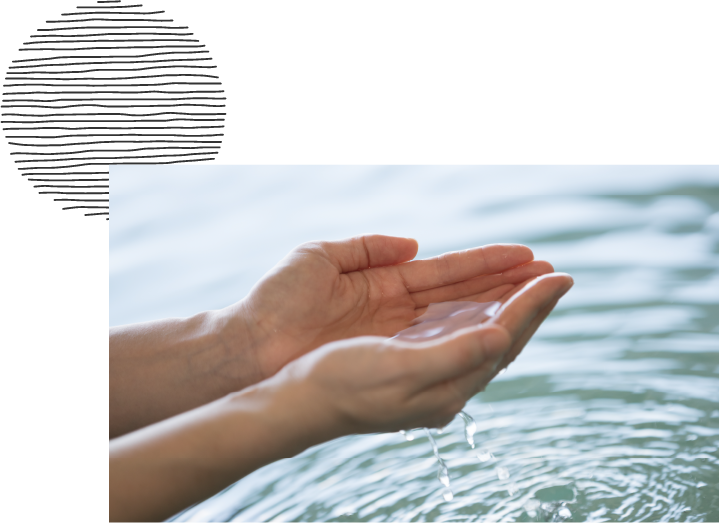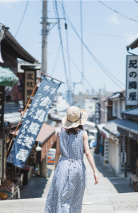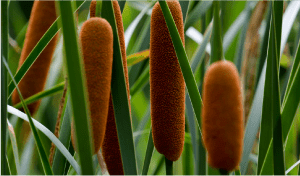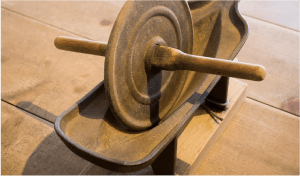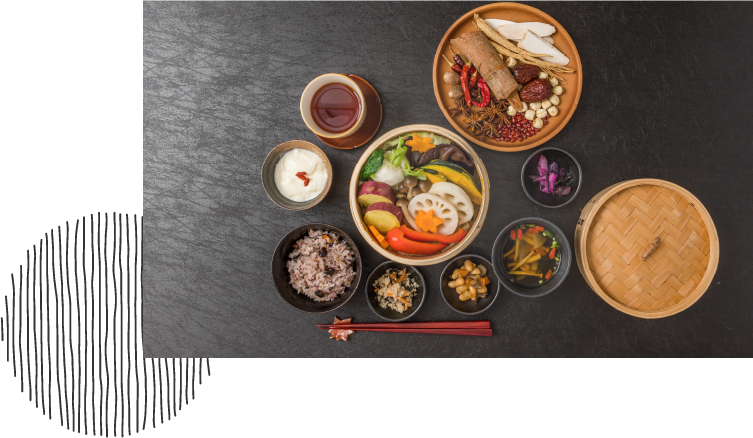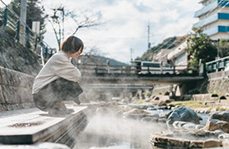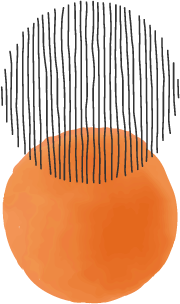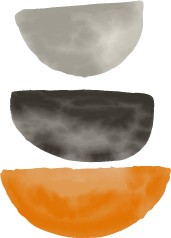
The History of Magatama and
Local Herbal Medical Meals
History episode 01
Why are magatama beads,
which are a great gift,
made at Tamatsukuri Onsen?
Mt. Kasen and the History of Ancient Magatama Crafting
Mt. Kasen, east of Tamatsukuri Onsen and 200 meters in elevation, has been known for its agate mining since ancient times. Dark green agates called the Izumo Stone, have been considered precious items. The agate mountain was described as Tamasaku Yama, which translates to the bead-making hill, by the Izumo Fudoki (733 AD). Because ancient bead artisans lived here from the end of the Yayoi Period ( around 1 AD to 3 AD ), the name ‘Tamatsukuri’ is said to have originated. However, the decline in demand after the Heian Period (from 794 AD to 1185 AD) led to its eventual end.
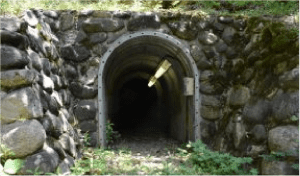
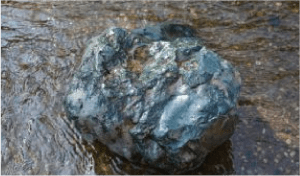
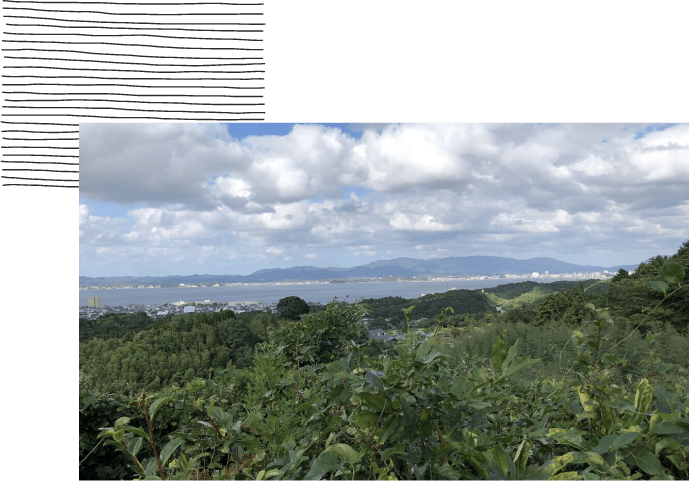
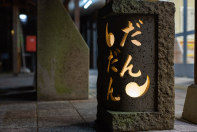


Venerable Tamatsukuriyu Shrine
Tamatsukuriyu Shrine is south of the centre of Tamatsukuri Onsen, at the foot of the remains of the old hilltop fortress known as Tamatsukuri Yogai San Hilltop Castle. The shrine boasts a venerable history dating back to 733, as documented in the Izumo Fudoki. The shrine is dedicated to three deities; one is Kushiakarutama, the god associated with magatama crafting, credited with producing Yasakani no magatama, one of the three Japanese Sacred Treasures. The other deities are Okuninushi (Onamochi), credited with discovering the place of Tamatsukuri, and Sukunahiko, believed to have found the hot springs. The shrine was popular as the shrine of the hot spring(s) in the Edo Period (from 1603 AD to 1868 AD).
Tamatsukuriyu Shrine is adorned with eight exquisite decorations, including the crest and magatama carvings associated with Kushikarutama and a hare motif on the decorative transom related to Okuninushi. He is known for saving a rabbit in the White Rabbit of Inaba story. The precincts are designated as historical relics, and the main hall underwent refurbishment in 1857, adopting a hallowed Shinto architectural style known as Taisha-Zukuri.
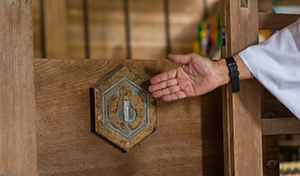

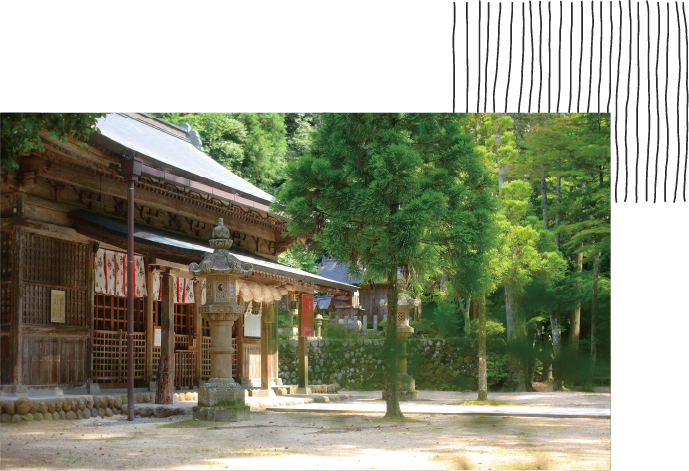

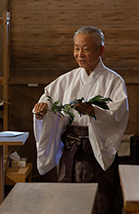

The Resurgence of the Magatama Culture
Fortunately, once it ceased, magatama crafting was revived thanks to Senuemon Ito, originally from Yumachi Hamlet near Tamatsukuri Onsen. He reintroduced the agate processing method to shape spherically from Wakasa Province (now Fukui Prefecture), revitalizing the craftsmanship at the end of the Edo Period (mid-19 AD). The skills and knowledge have been passed down to the artisans of Menouya Shinguu, whose artworks were presented for the Heisei (previous) and the Current Emperors’ accessions.
